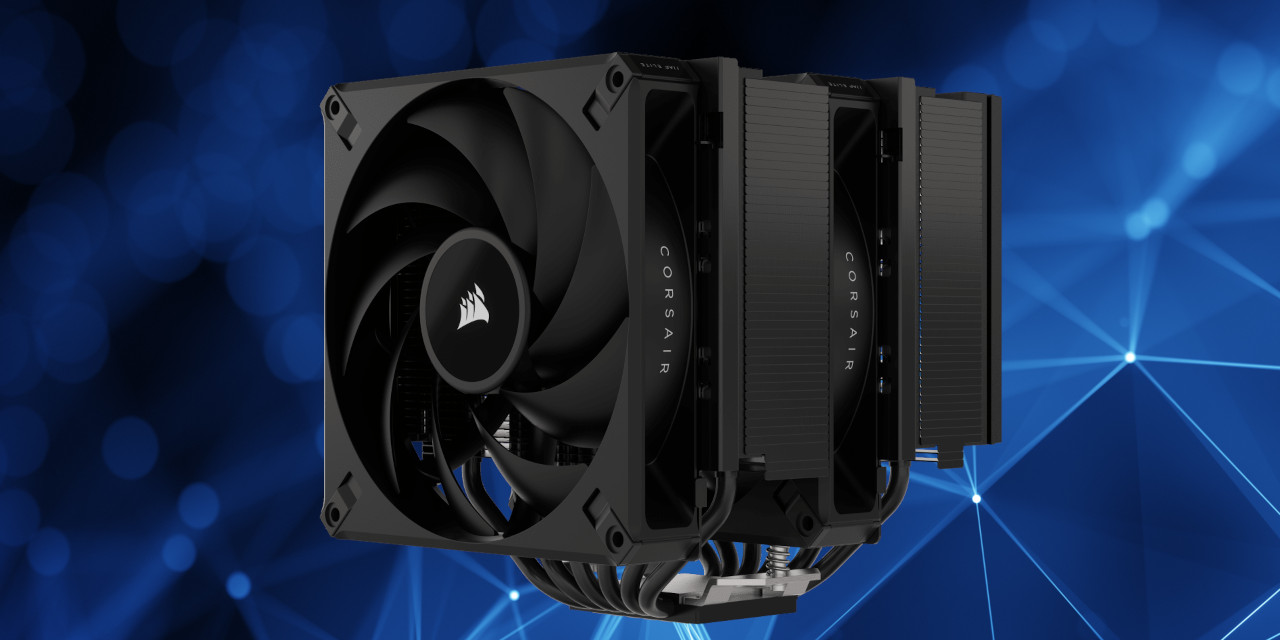Thermals were controlled in all testing, with the Corsair A115 preventing the Core i9-14900K from reaching the throttling point all the way up to the official Maximum Turbo spec of 253 watts. Without factoring in the 21.4 C ambient during the Cinebench 2024 10-minute stress test, the hottest package temperature was 93 C.
What about running without limits – as in, the default state for all motherboards like our ROG Strix Z690 GAMING-E WiFi? Well, as effective as the A115 was at Intel spec wattage, the insane “limit” of 4095W caused instant throttling even with the fans at 100%. And the fans are not quiet at that speed, either.
In testing noise levels I made use of my trusty Nady DSM-1X sound pressure meter, which has a rated accuracy of +/- 1.4 dBA, positioned exactly 18 inches from the cooler on the open testbed. This is not a realistic scenario, of course, unless you run an open system on the desk next to your monitor like I was.
At idle, noise levels were undetectable by the meter, which can only measure as low as 30 dBA. I was treated to the “BELOW 30dB” warning on the screen at low fan speeds. With a thermal load in the 125W – 170W range, fan speeds were controlled and the SPL meter registered just 32.8 dBA during the Cinebench stress test. Pushing things into the 230W – 253W range did finally force the fan profile to hit up to 100% speeds, and the highest reading from the meter was 41.8 dBA.
Ideally, other large air coolers would be included in our testing, but as I literally just spun up (pun intended) a cooler testbed after an extended period away from thermal testing, that was not to be in this particular evaluation.



